We all know that smartphone get better every year with new and improved hardware, but sometimes it’s harder to notice the improvements when software is factored into the mix. In the case of camera performance, Google has somehow managed to stay ahead of the curve, despite using cheaper and outdated hardware.
This year, Samsung is hoping to leapfrog Google’s Pixel 4 lineup with the new Galaxy S20 lineup. For its main camera, the Galaxy S20+ is using a 12MP, f/1.8, 26mm sensor and lens combination accompanied by a 64 MP, f/2.0, (3x telephoto) and 12 MP, f/2.2, 13mm (ultrawide) cameras, and a 3D ToF depth sensor to assist with portrait pictures and AR effects. On the front, the phone is equipped with a 10 MP, f/2.2, 26mm camera for taking selfies. Samsung is also stepping up its camera game with 8K video capture for its rear cameras and 4K @60fps for its front-facing camera.
Pixel 4 versus Samsung Galaxy Note 10 camera comparison: is less really more?
On the Pixel 4’s side, the hardware is a bit more simple. Google has included a 12.2 MP, f/1.7, 28mm main camera with a 16 MP, f/2.4, 45mm (2x telephoto) on the back and an 8 MP, f/2.0, 22mm selfie camera. Both rear cameras can capture 4K video at 30 fps while the front-facing camera is limited to 1080p video capture at 30 fps.
While we could talk all day about the differences in the hardware and how they should perform, we thought it would be better to show you how the cameras on the Pixel 4 and Samsung Galaxy S20+ actually stack up when taking photos and capturing video in a variety of different scenareos. Take a look at the video and side-by-side photo gallery below to see how the Samsung Galaxy S20+ and Pixel 4 compare in the real world.



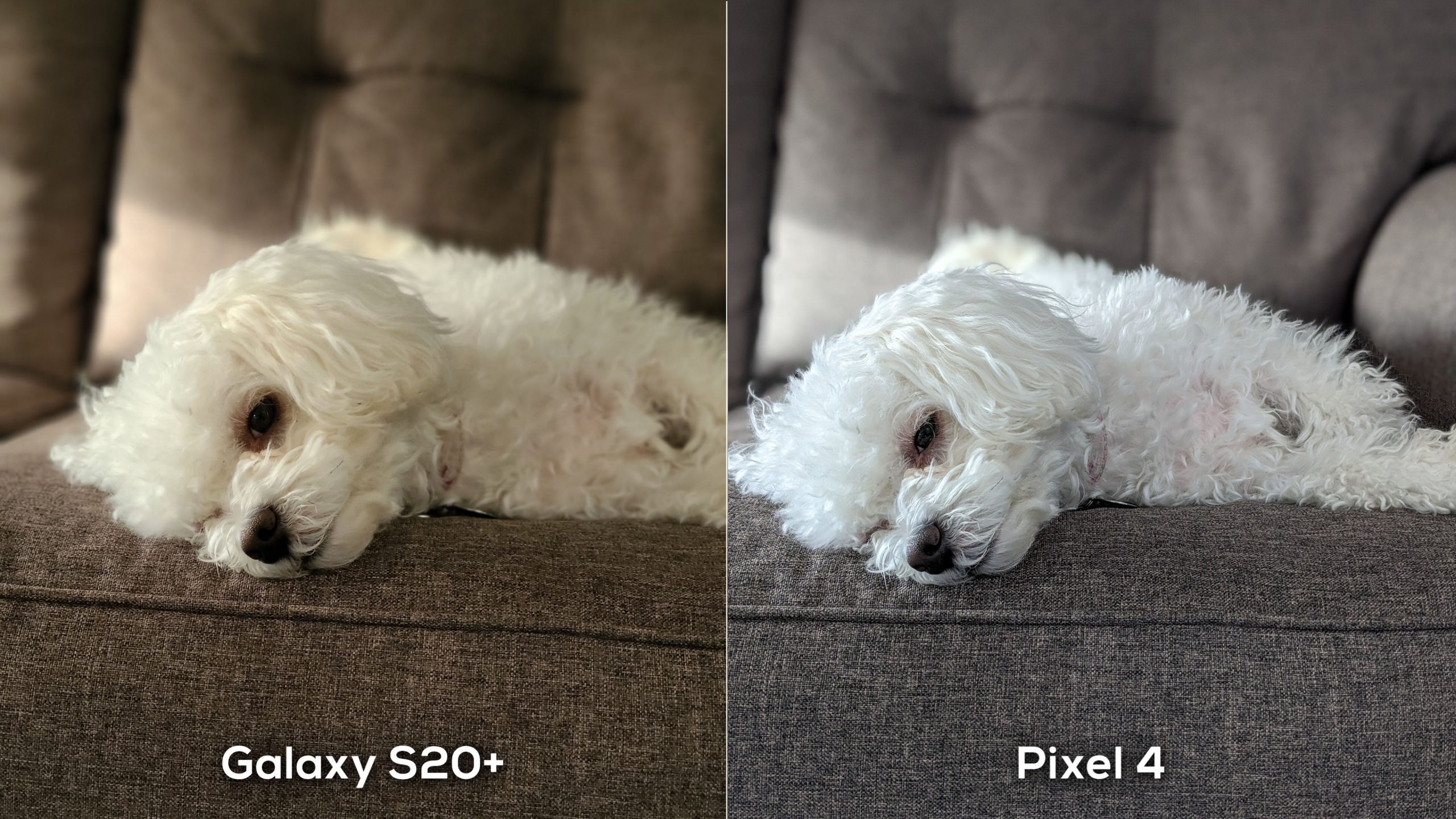





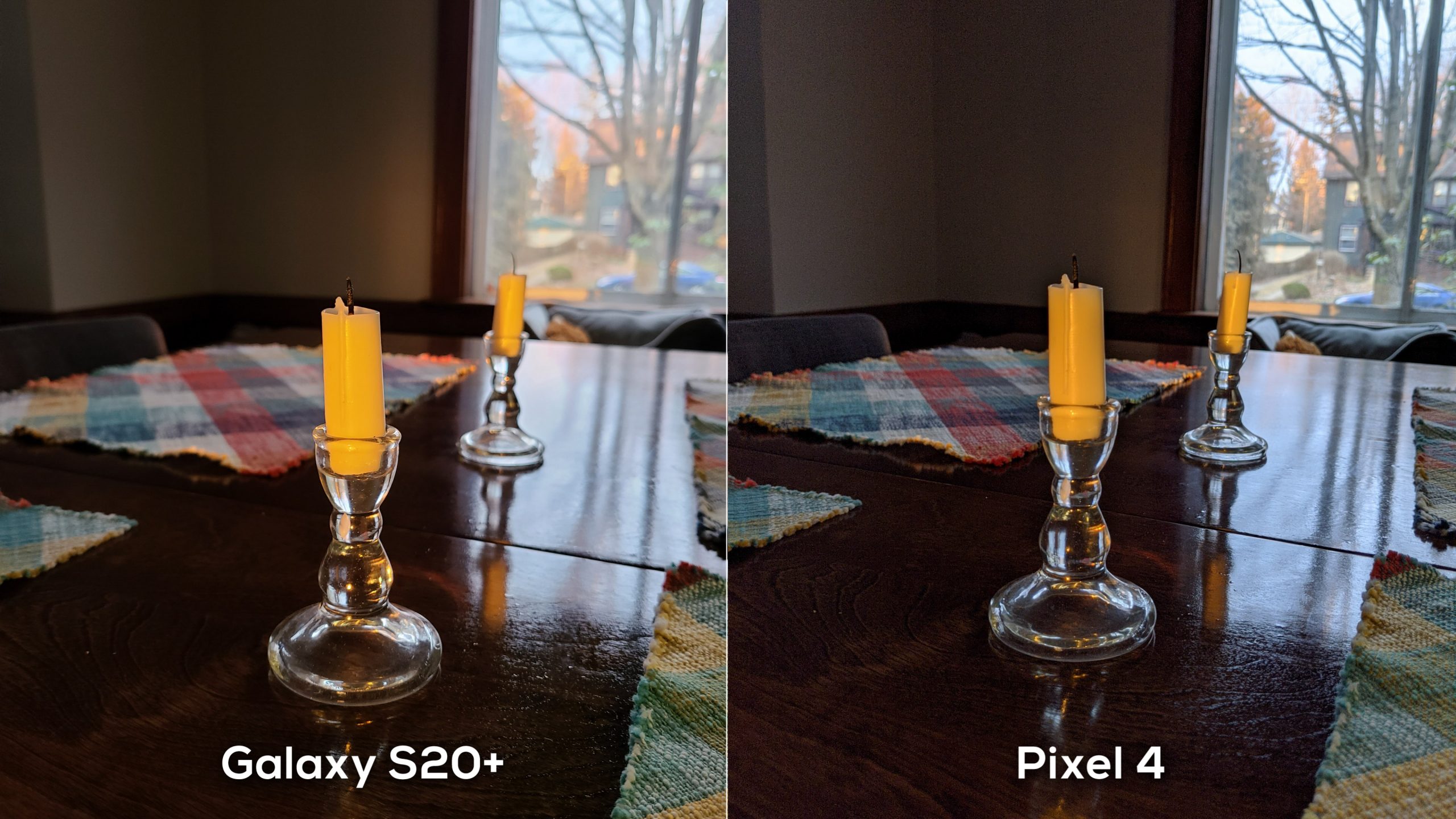
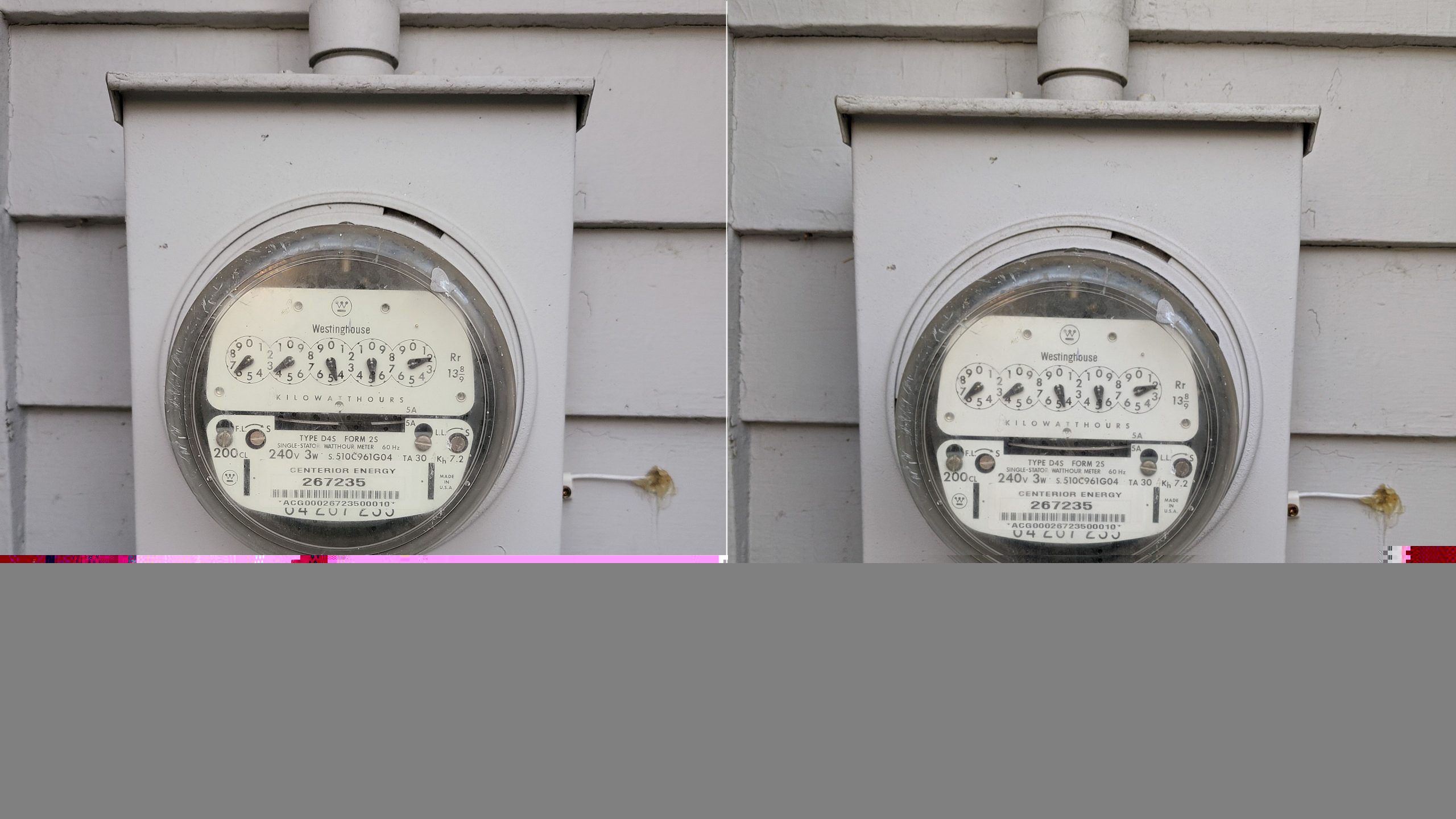

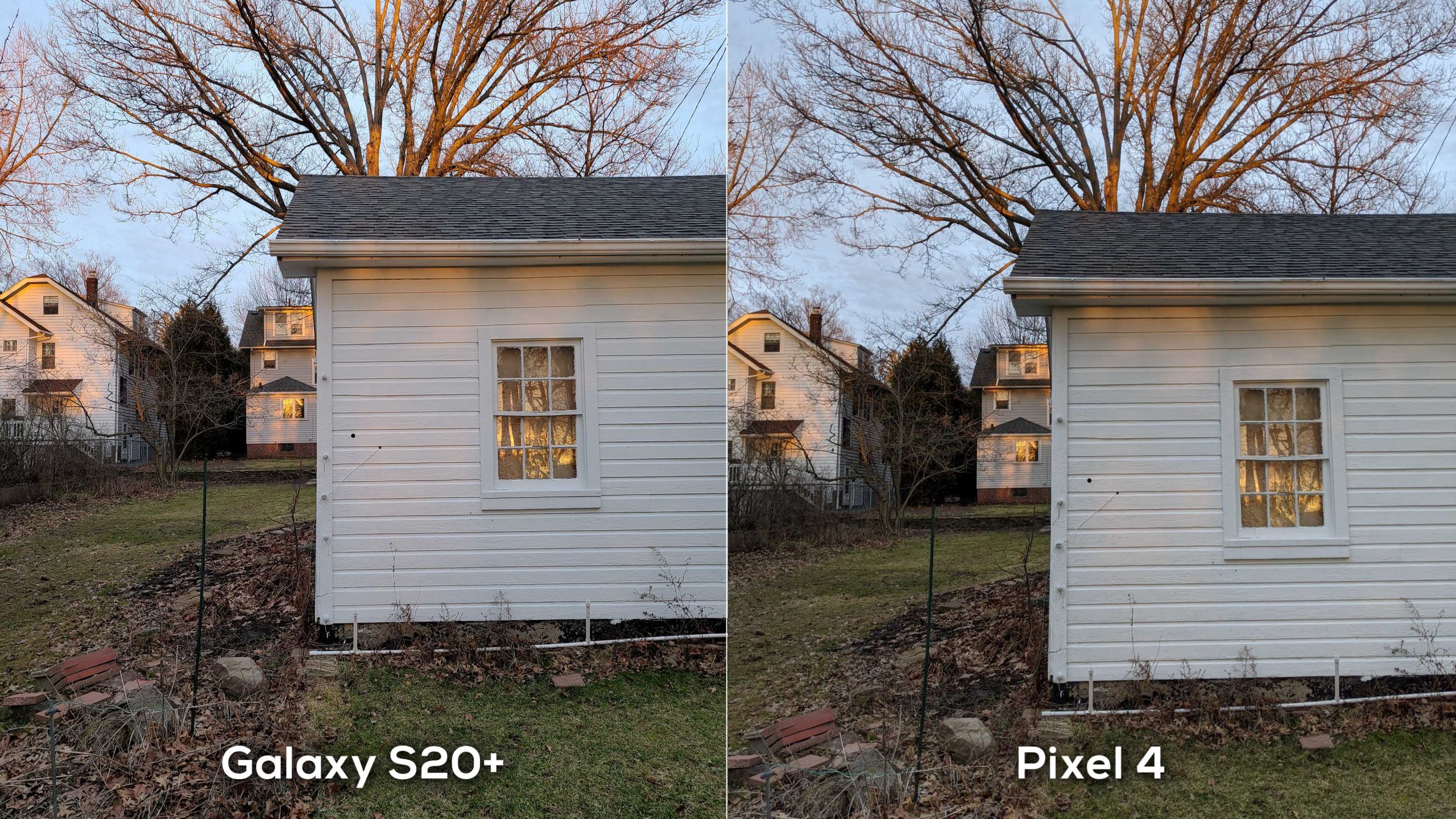








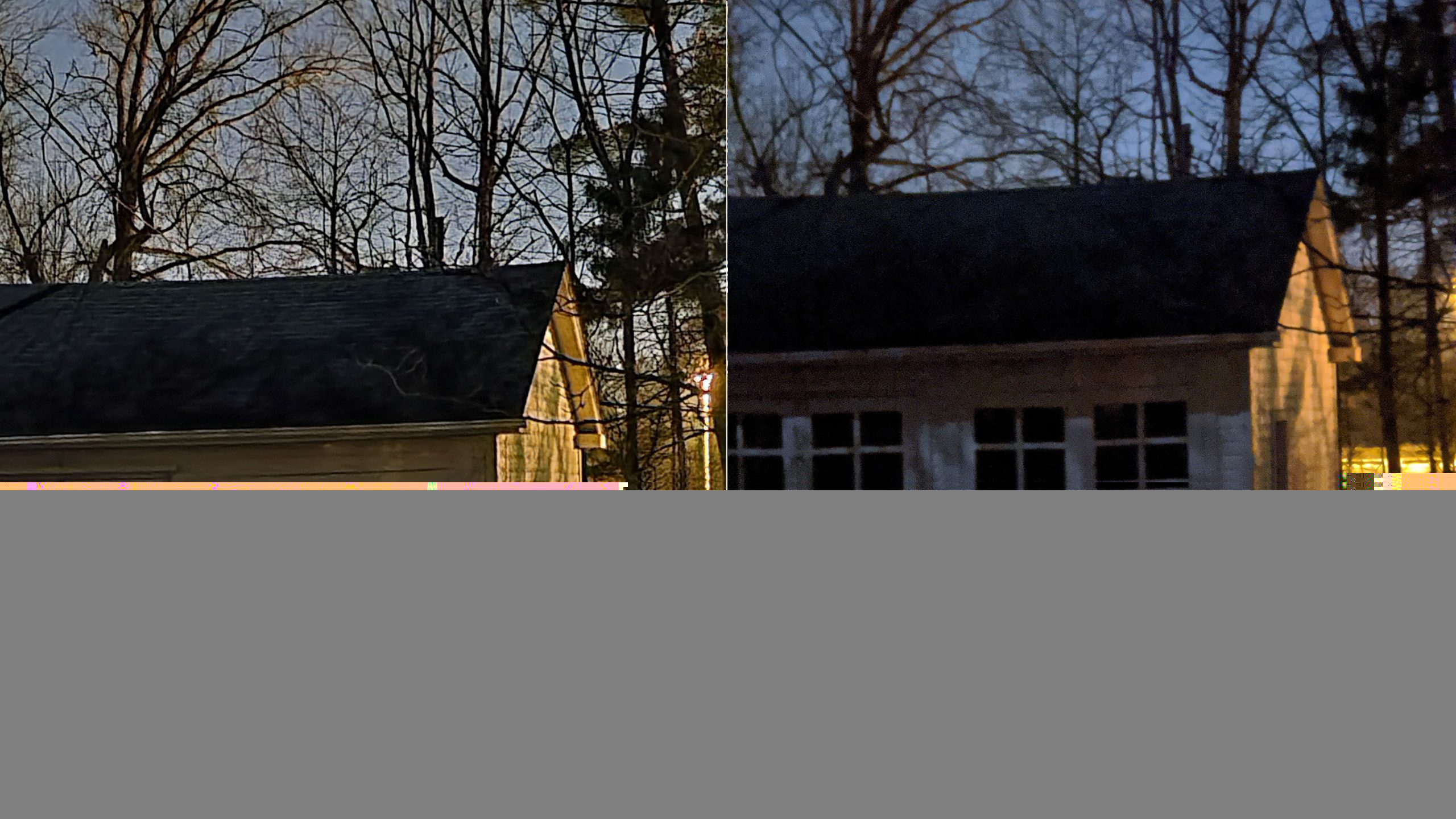


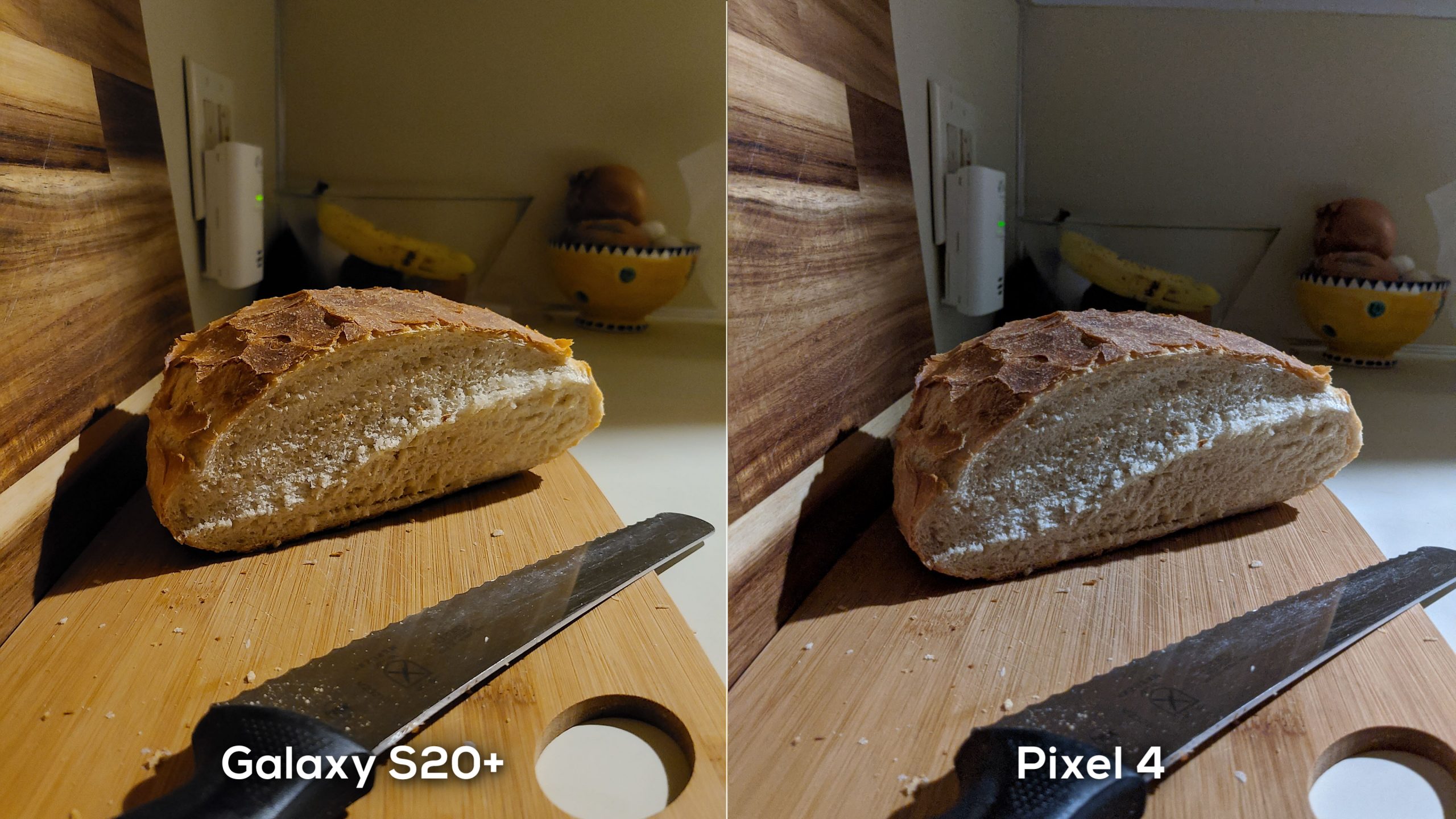



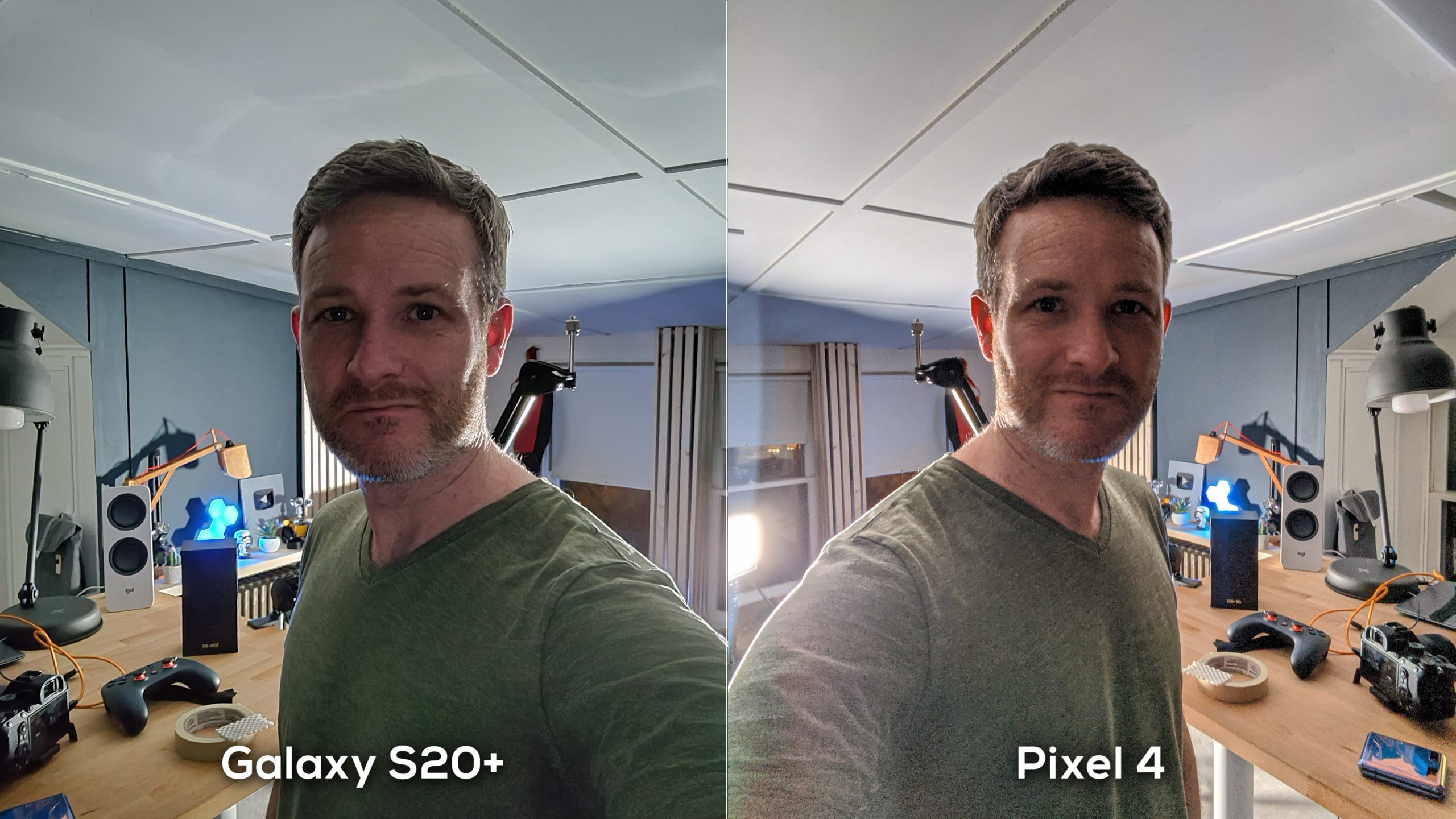


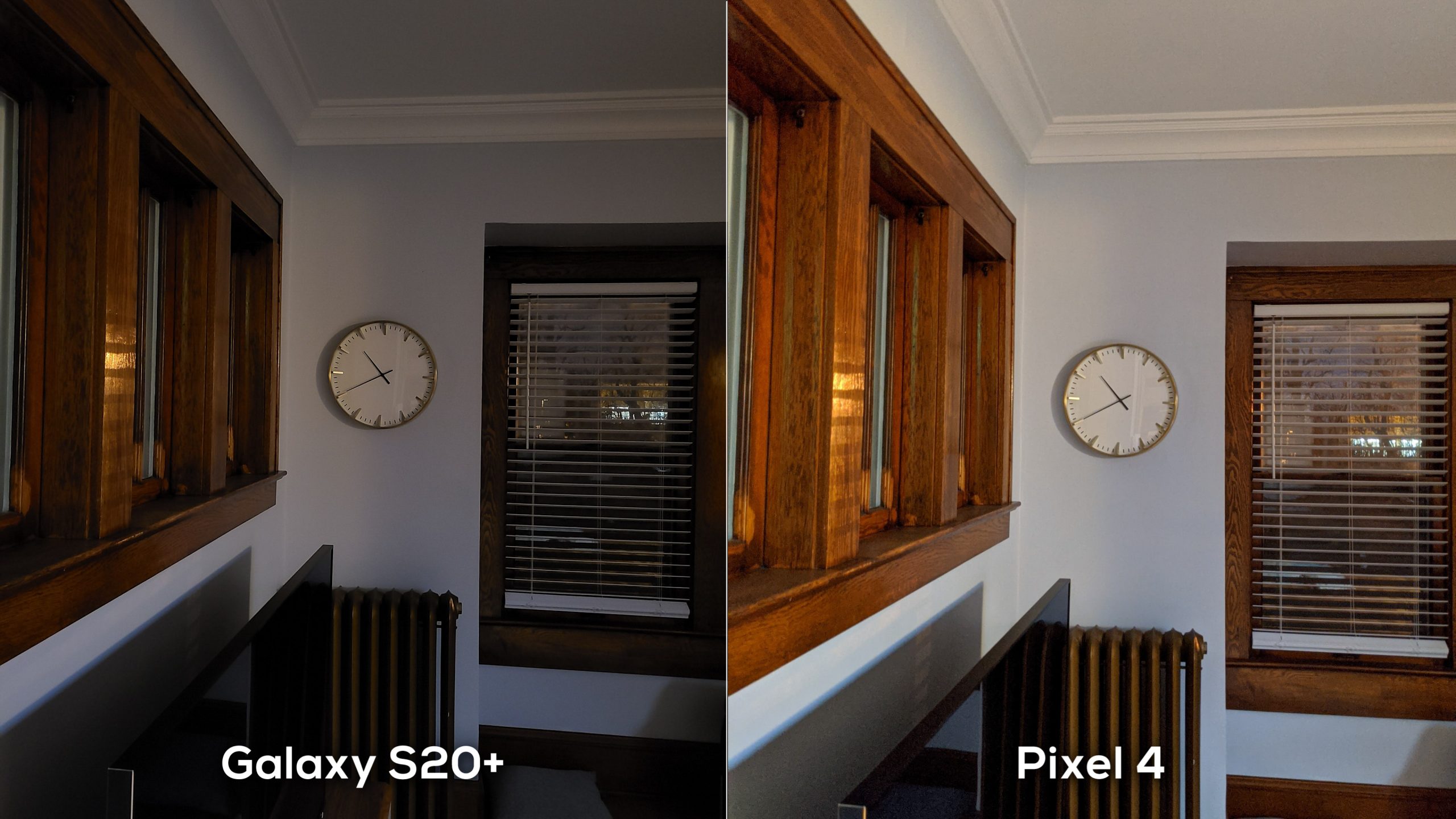
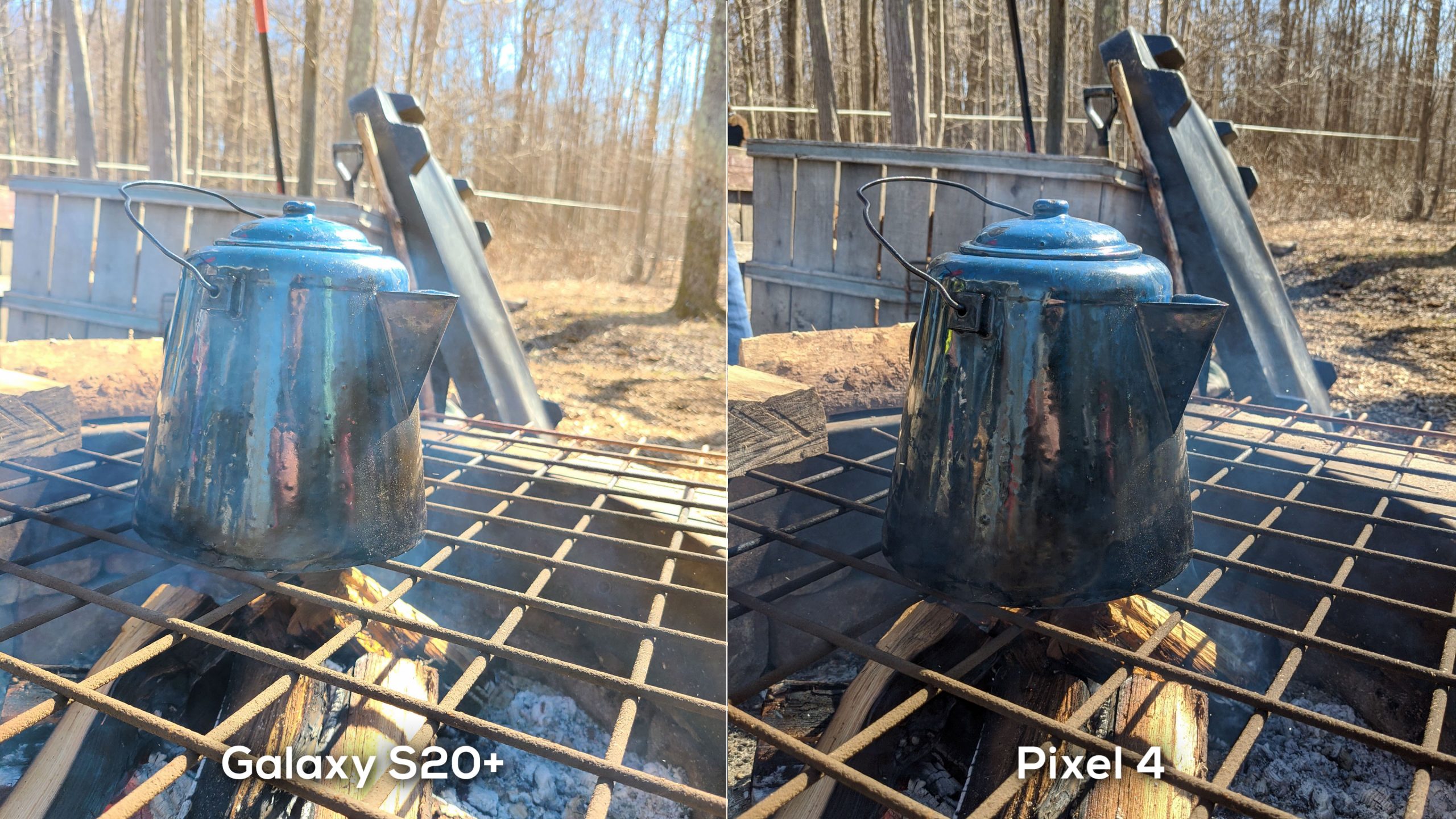

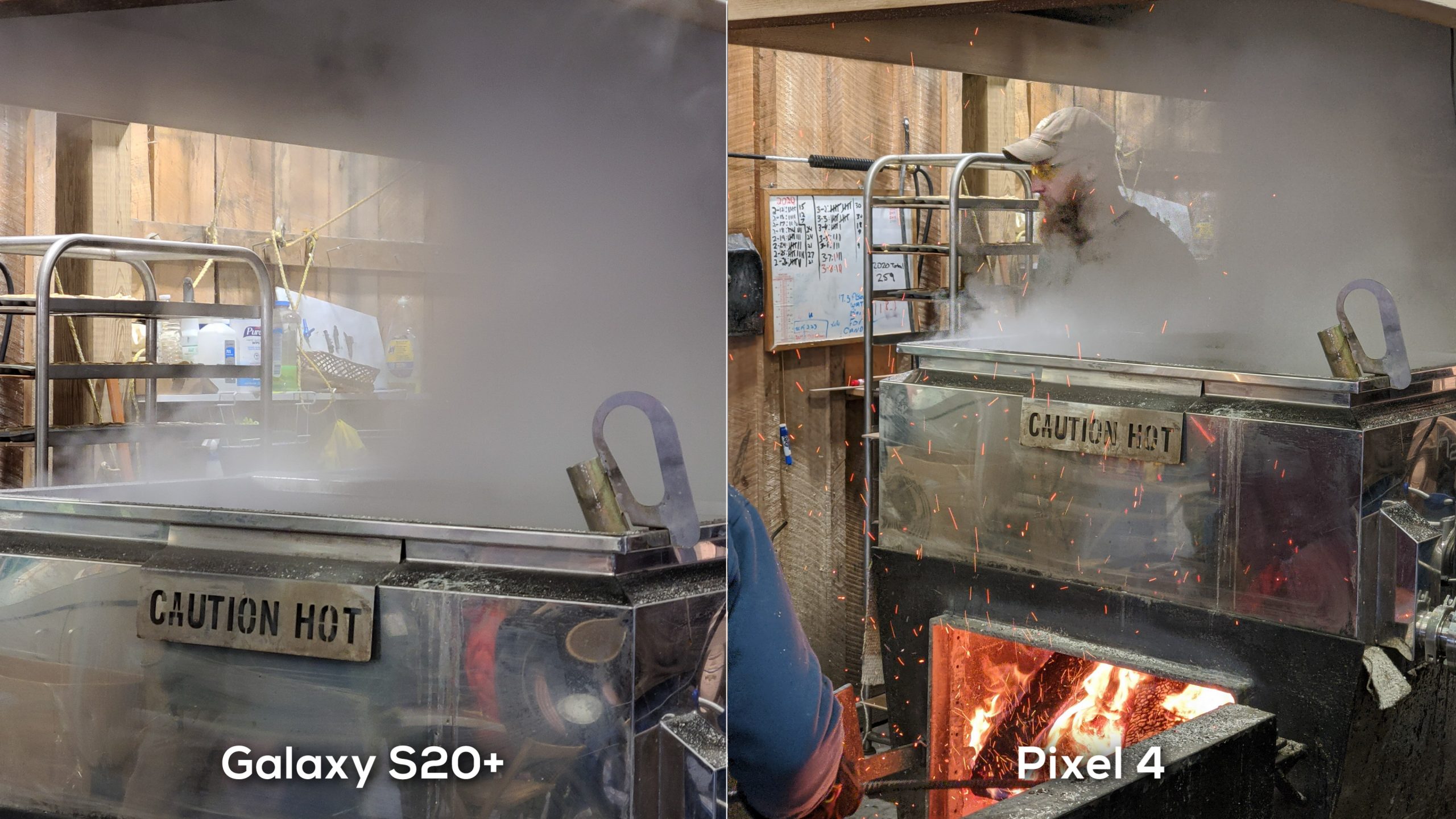
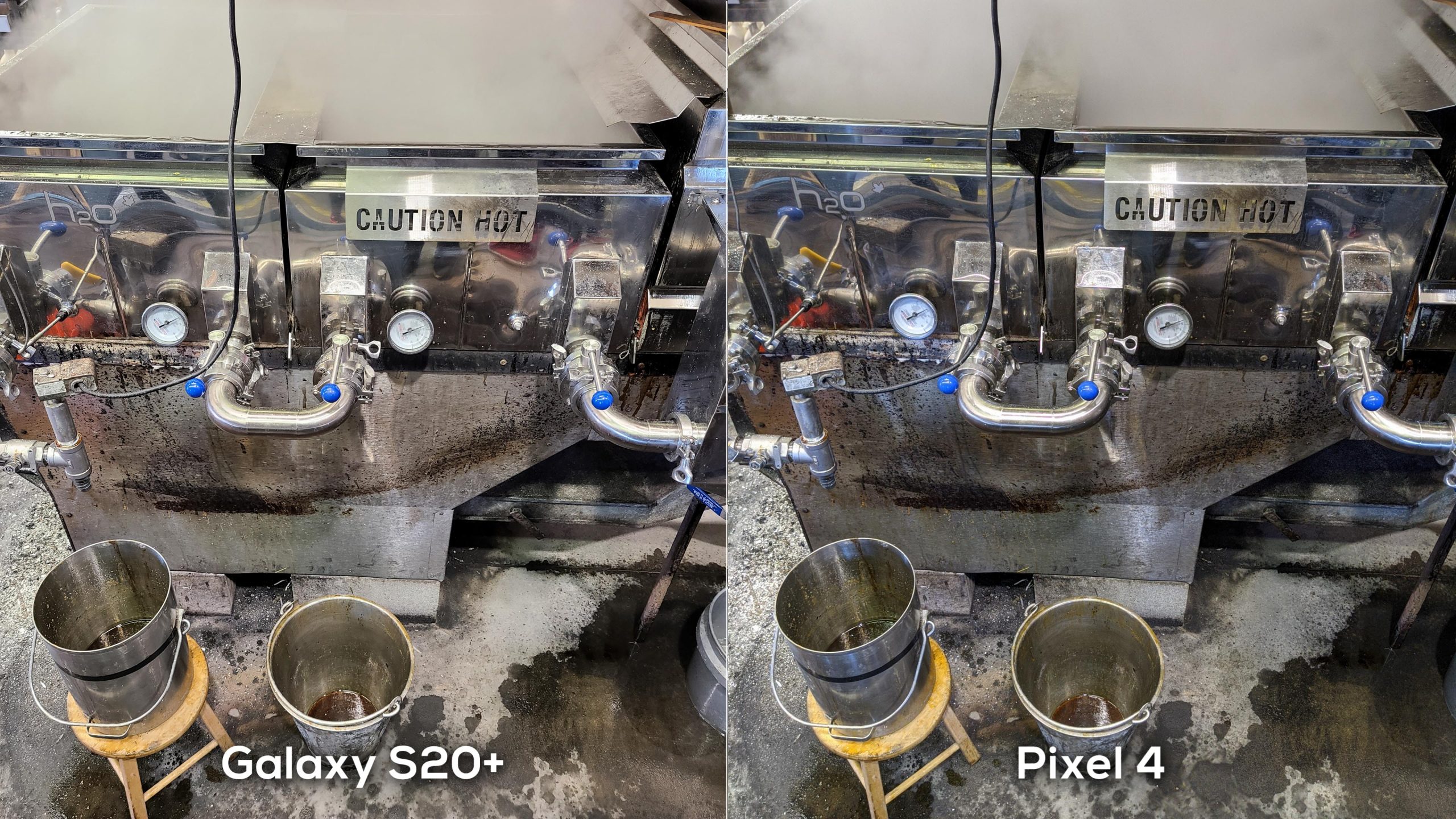


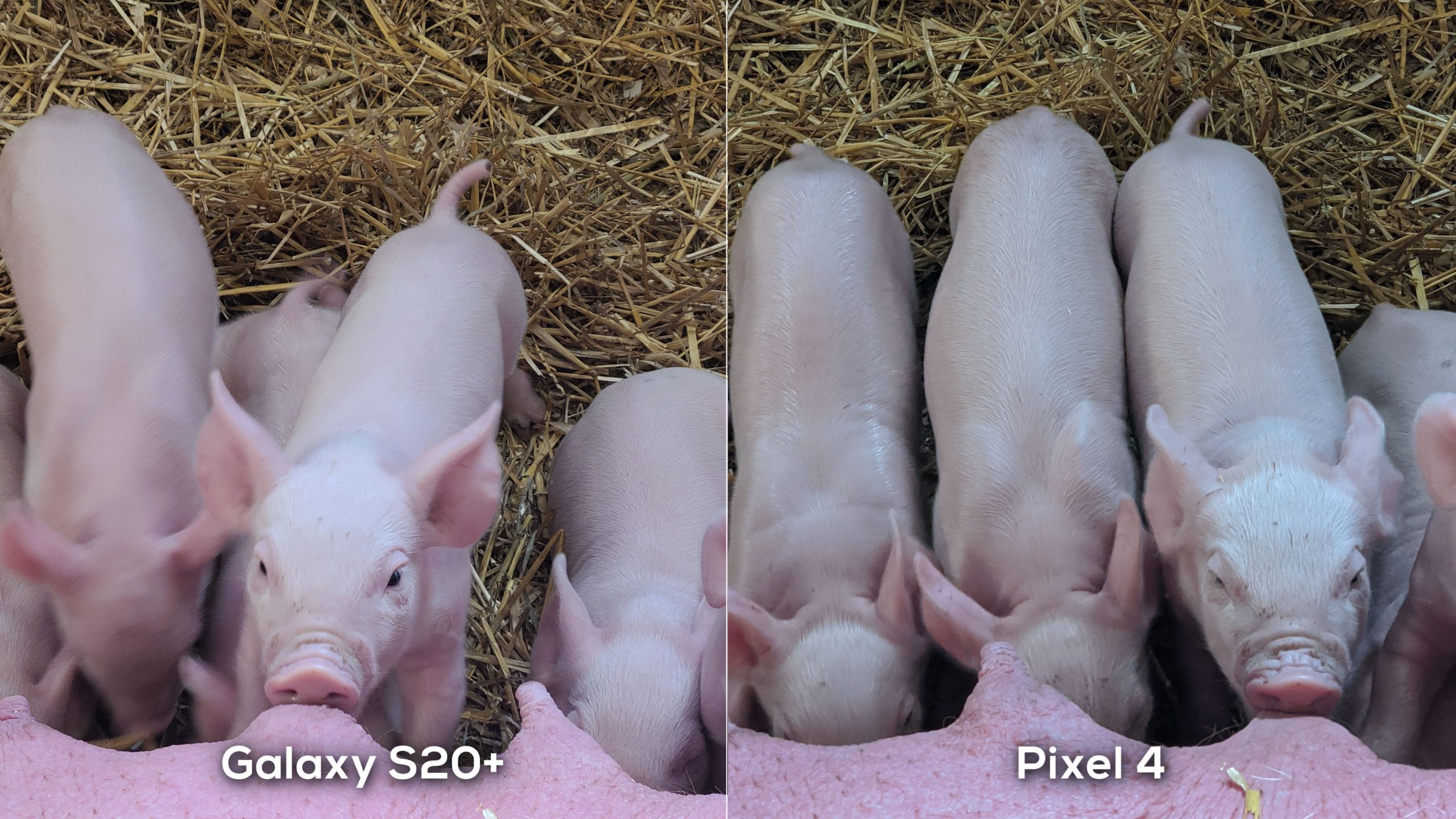
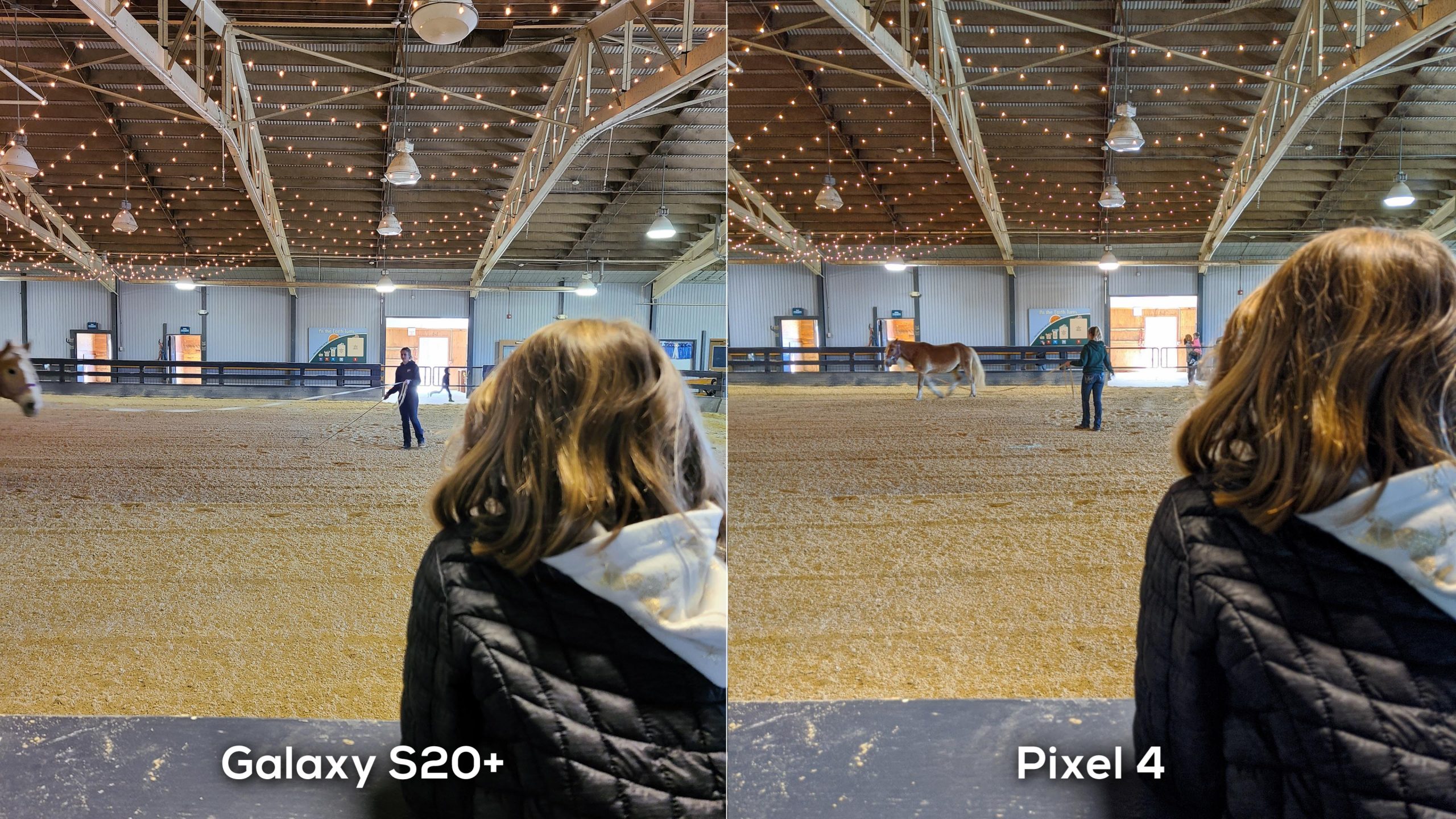

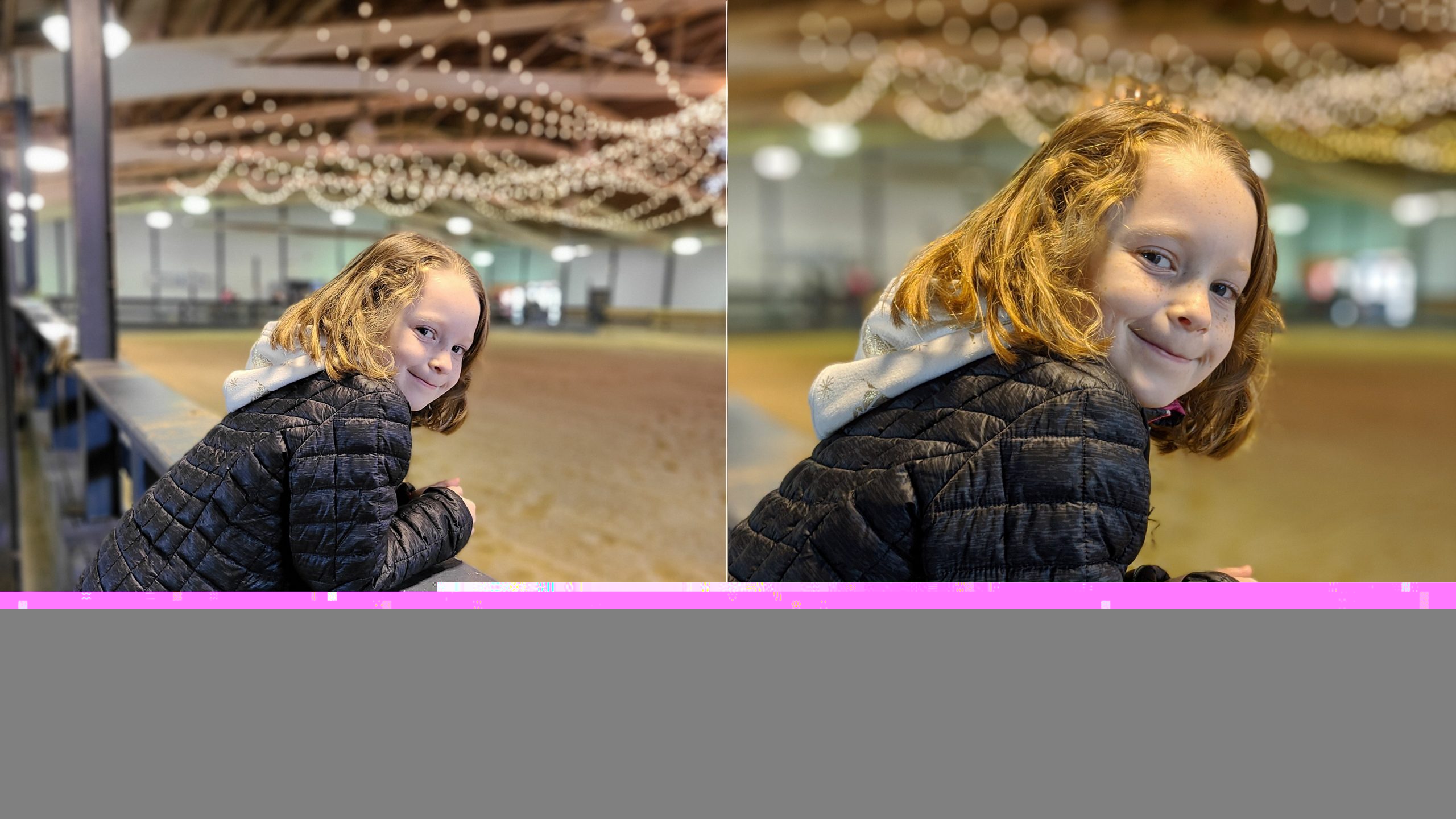
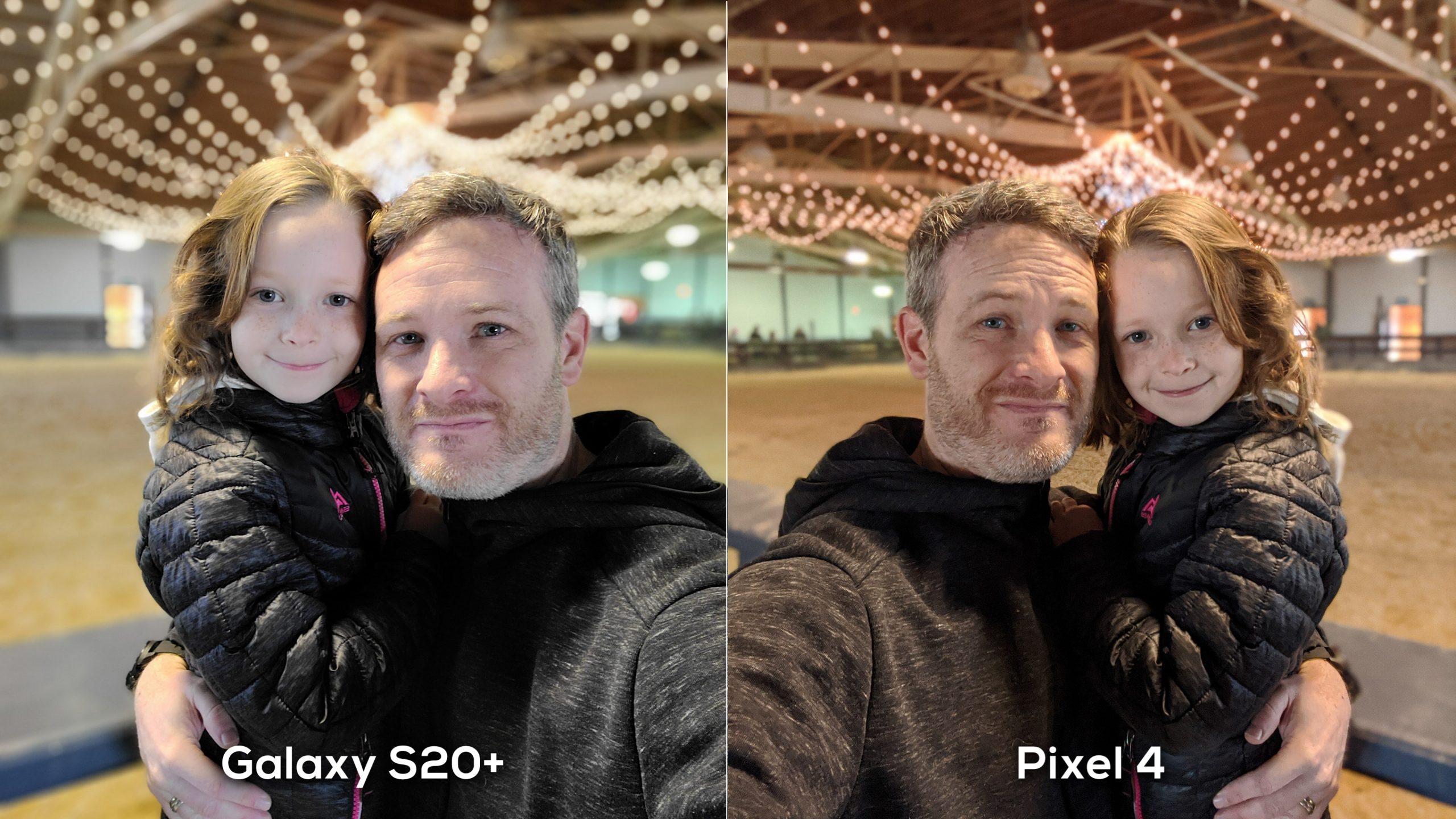
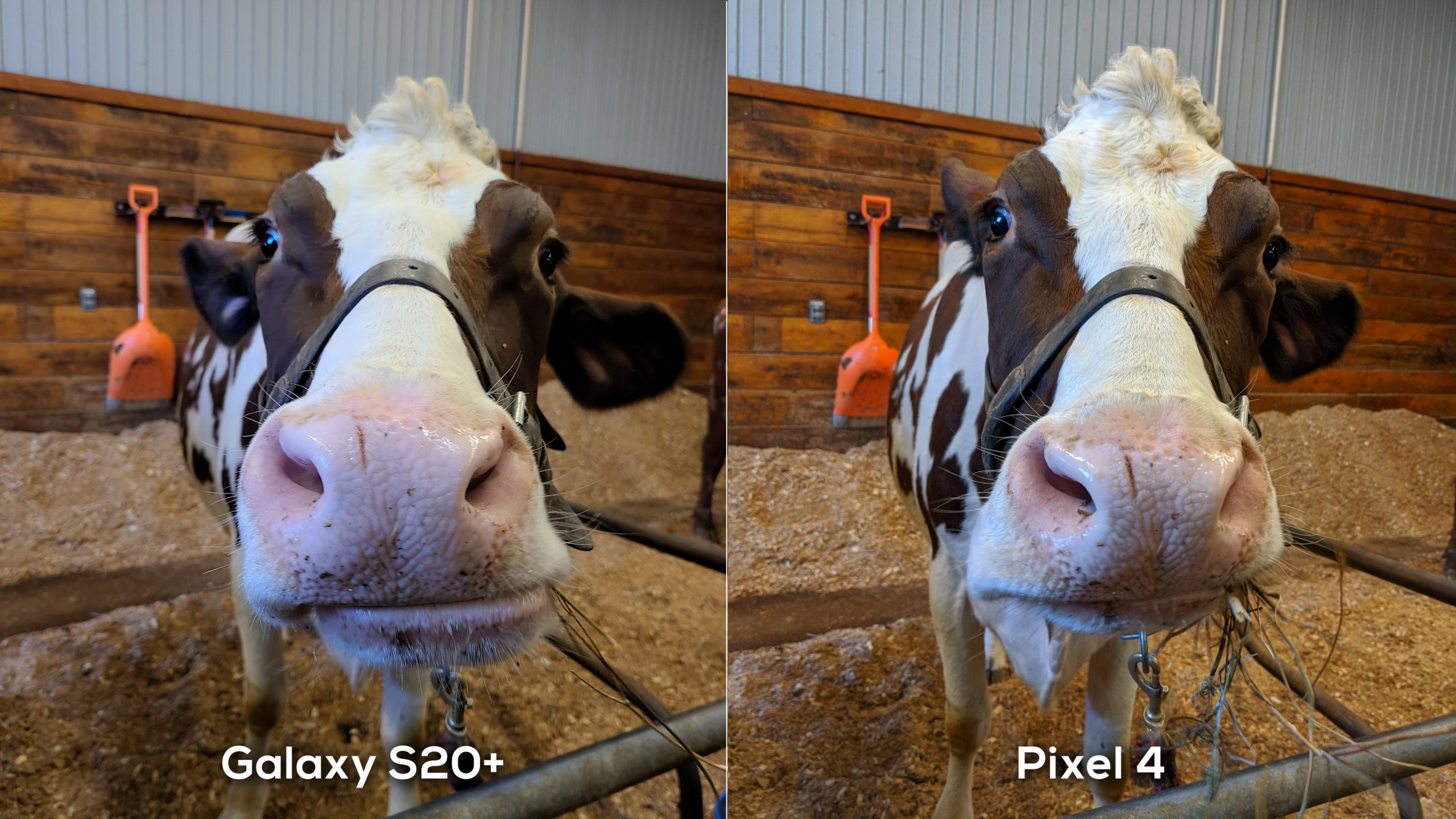
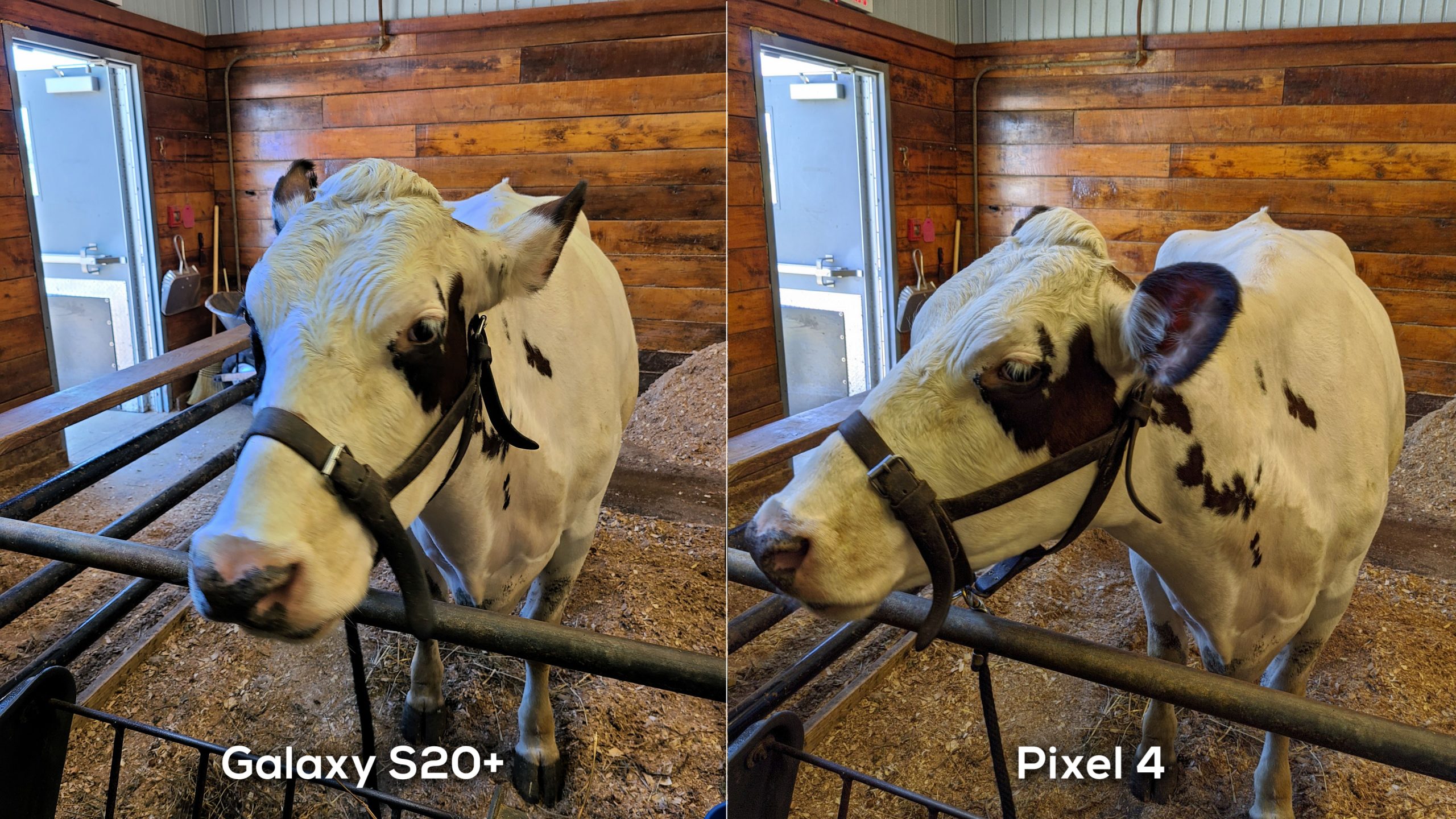

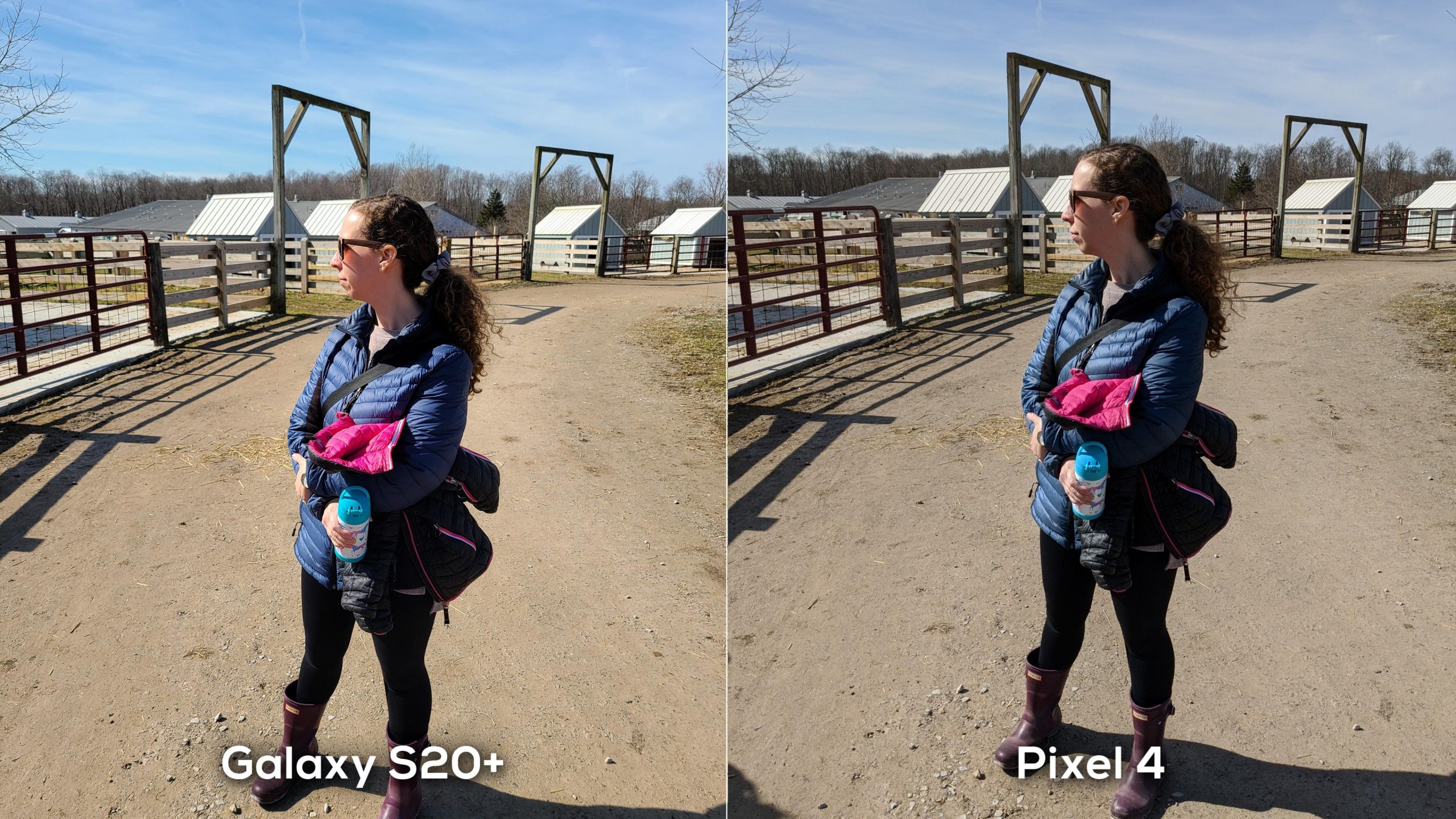

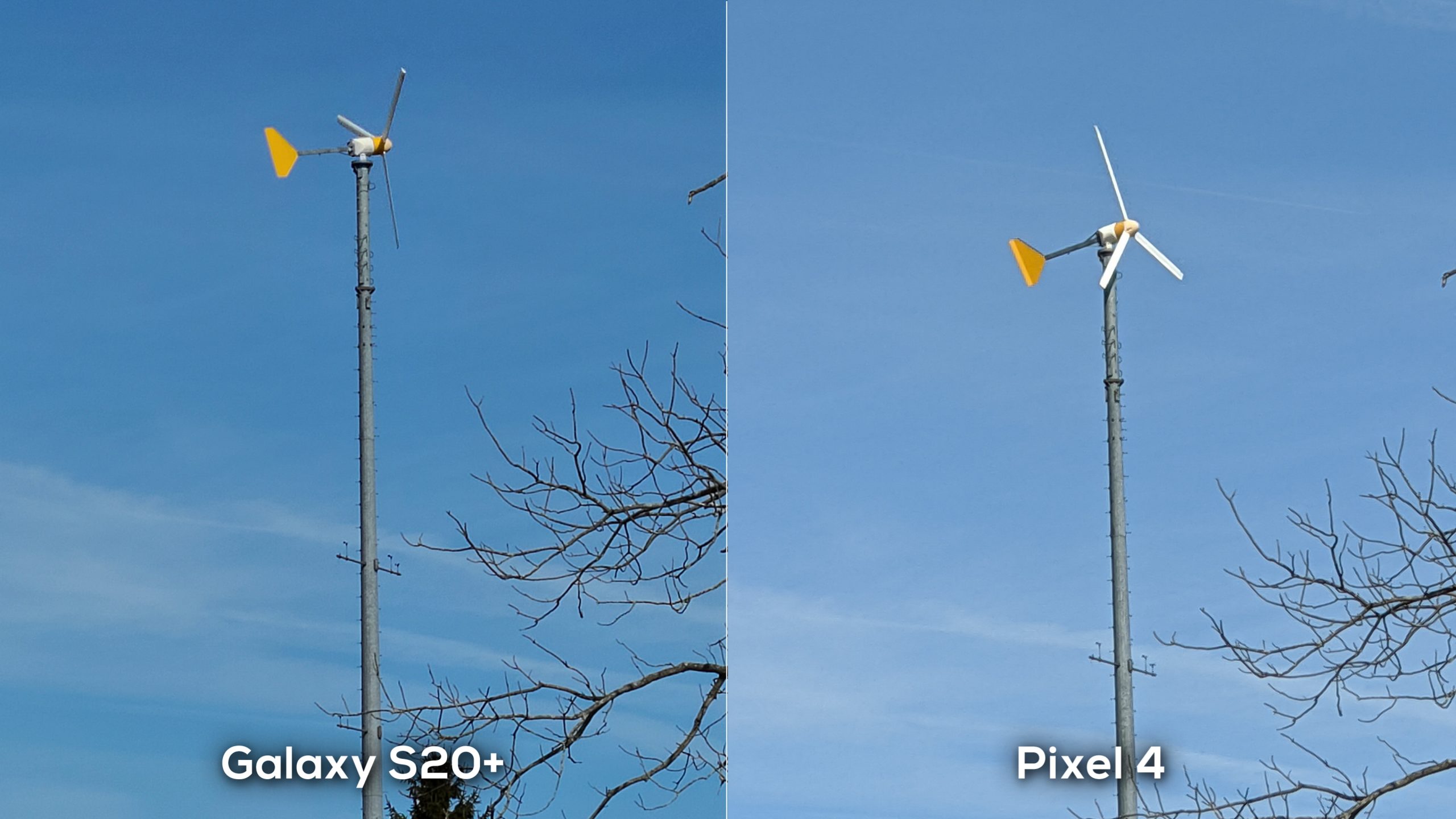


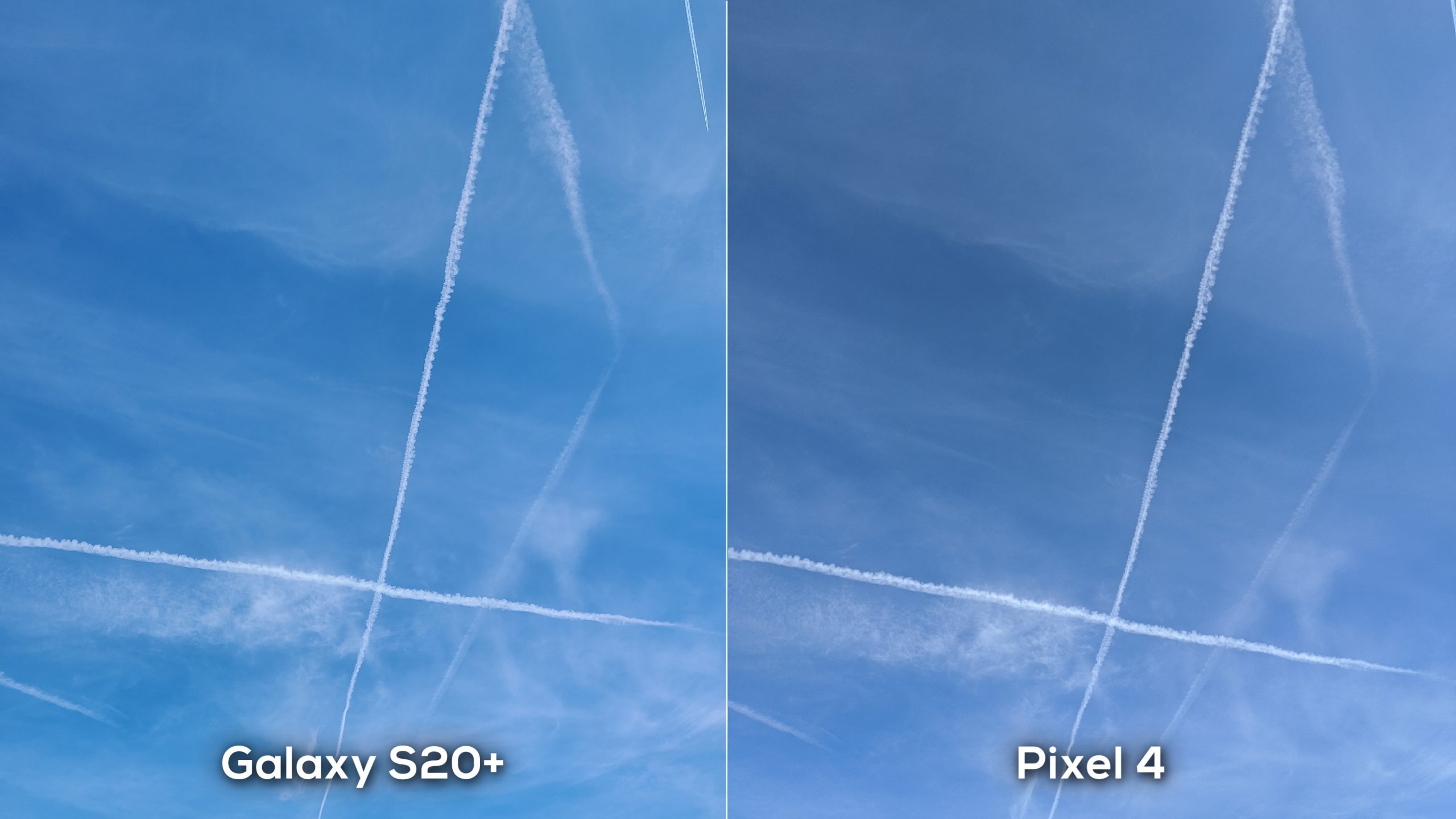



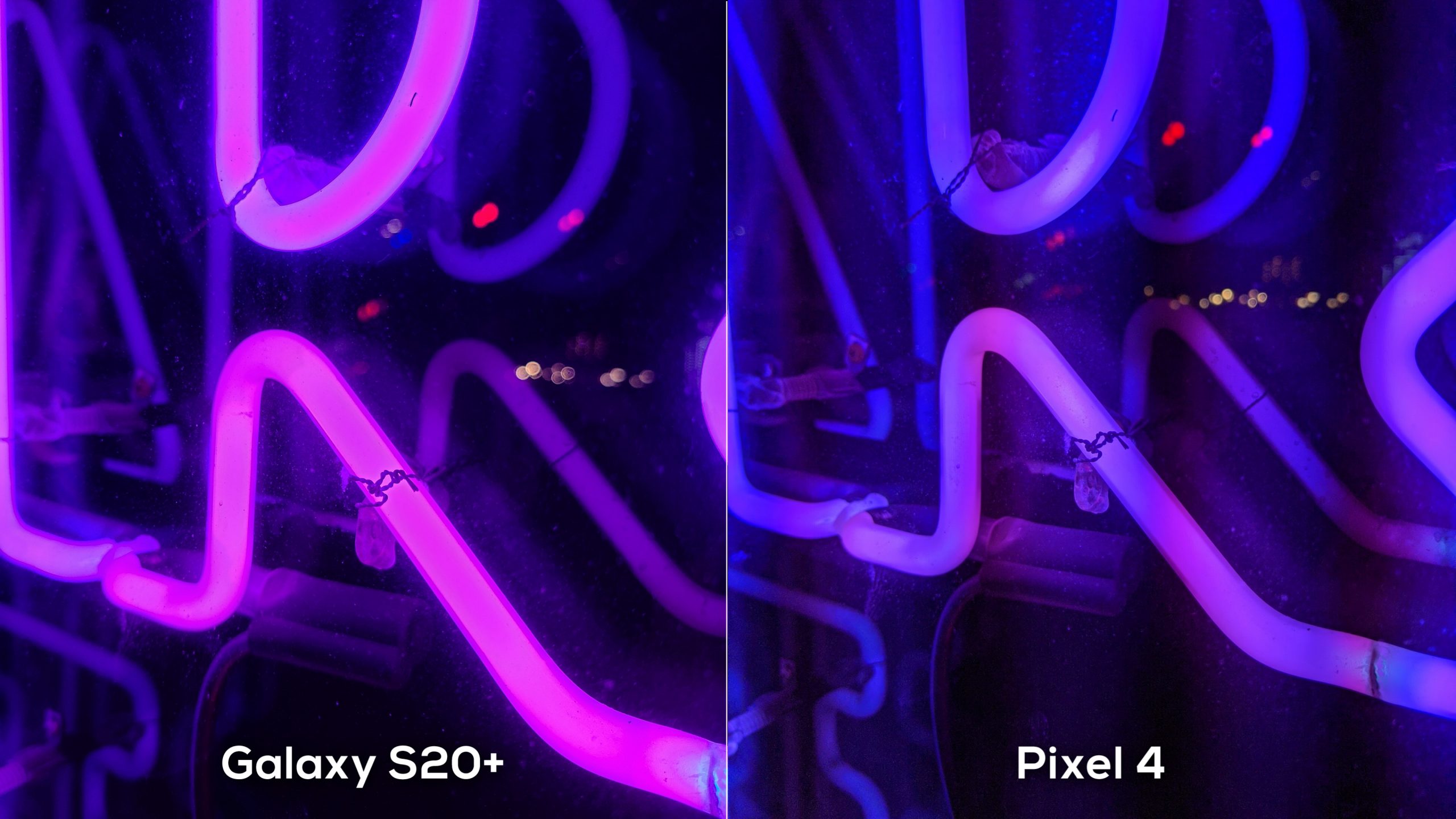




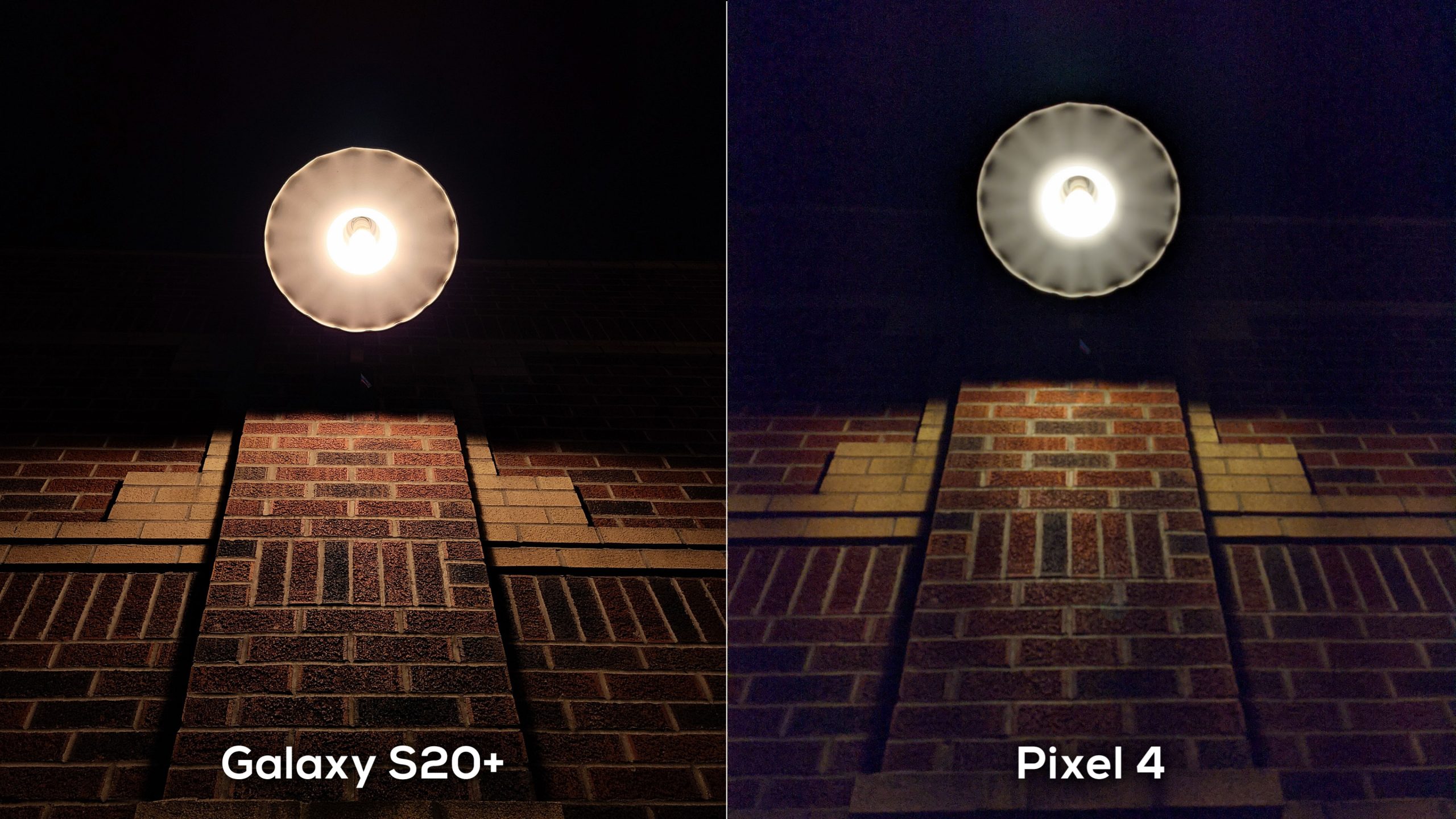




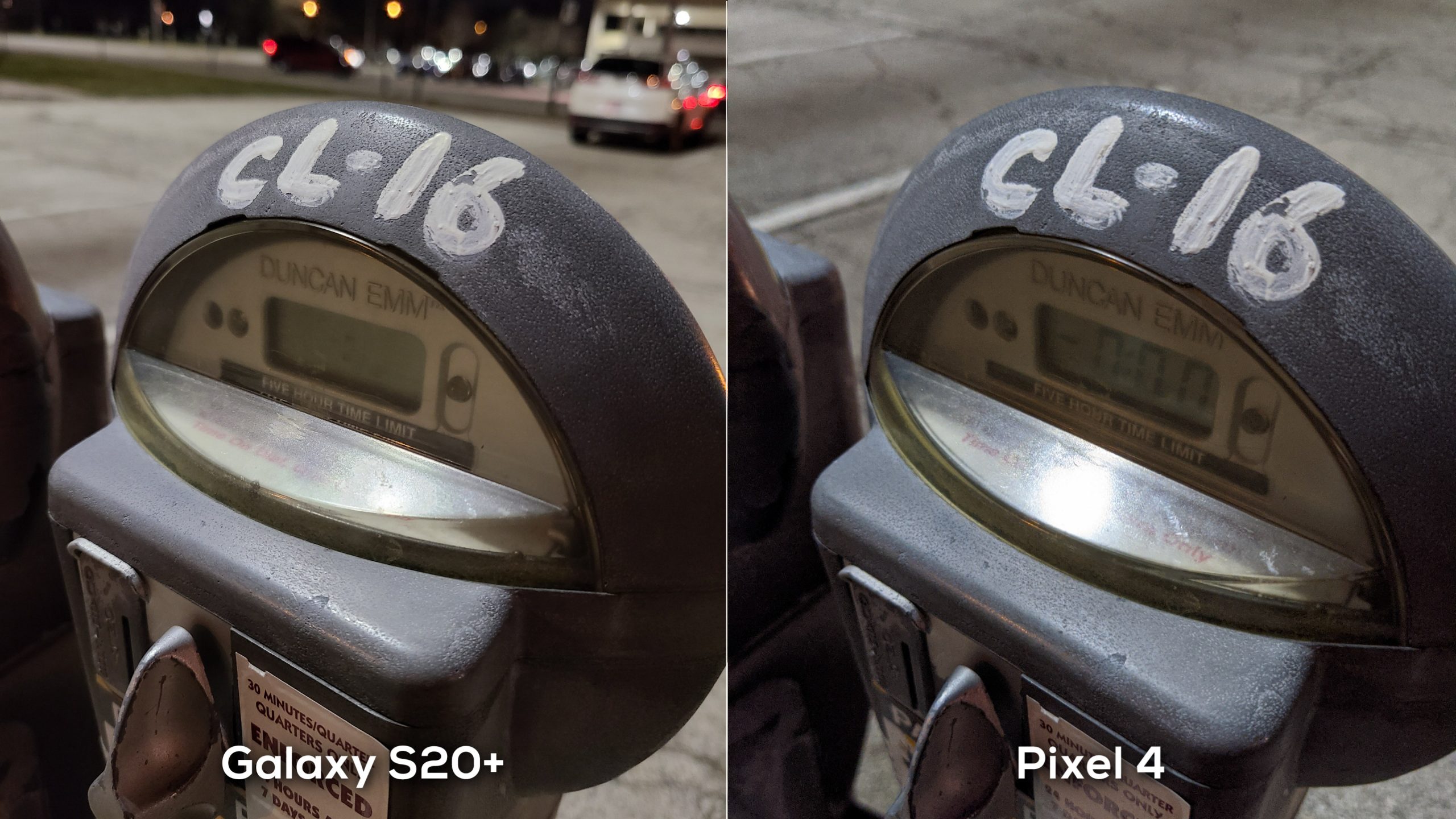
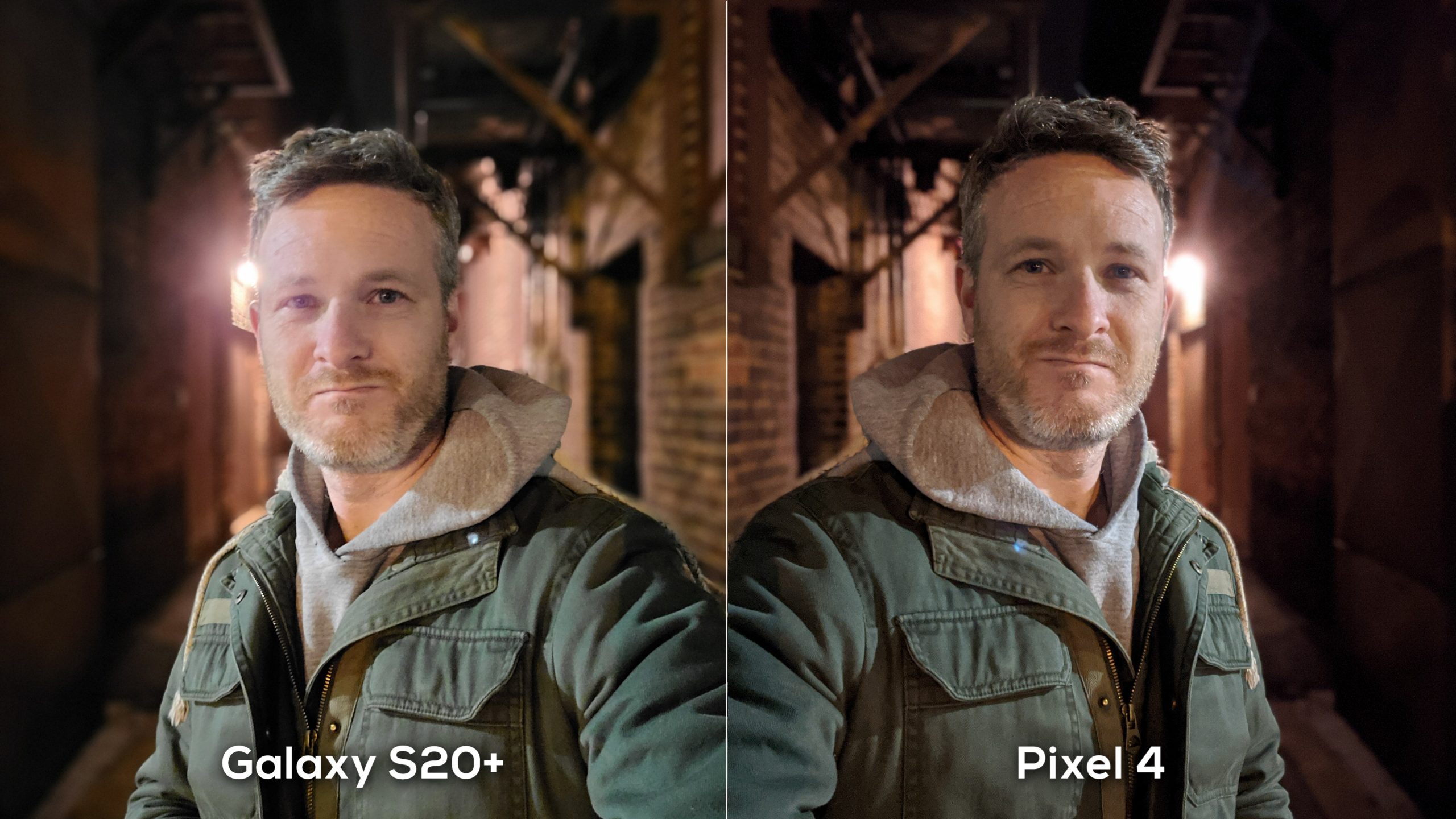


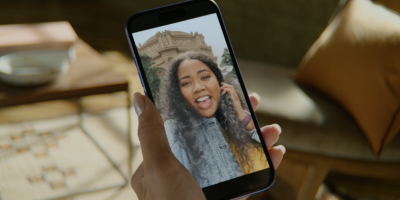






Comments